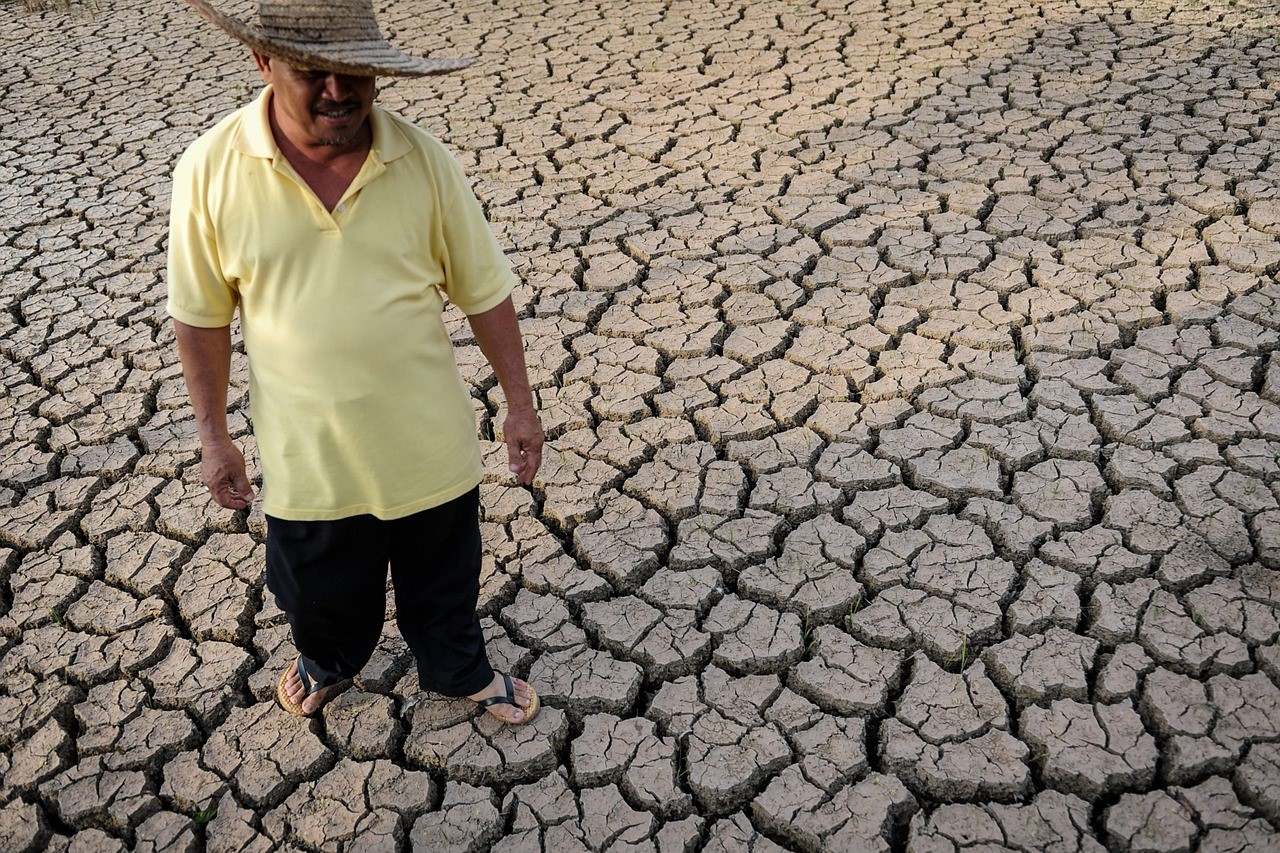
Degradation is a term that often gets thrown around, but what does it really mean? In simple terms, degradation refers to the process of something becoming worse or less valuable over time. This can happen to natural environments, materials, or even social structures. Environmental degradation is a big concern today, affecting forests, oceans, and air quality. Material degradation impacts everything from buildings to everyday items, making them less effective or safe. Social degradation can erode communities and relationships, leading to societal issues. Understanding degradation helps us recognize the importance of taking care of our world, our belongings, and each other. Let's dive into 26 facts that shed light on this crucial topic.
Key Takeaways:
- Degradation affects the environment, materials, society, technology, culture, and individuals. It leads to loss of forests, pollution, social issues, and personal struggles like addiction. It's a big deal!
- From rusting metal to fading paint, degradation is everywhere. It's not just about nature; it's about our society, culture, and even our personal well-being. We need to pay attention and take action!
What is Degradation?
Degradation refers to the process where something deteriorates or declines in quality, value, or condition. It can happen to various things, including the environment, materials, and even social structures. Let's dive into some fascinating facts about degradation.
Environmental Degradation
Environmental degradation is a significant concern worldwide. It affects ecosystems, wildlife, and human health.
- Deforestation: Every year, about 18 million acres of forest are lost due to deforestation. This contributes to habitat loss and climate change.
- Soil Erosion: Poor agricultural practices lead to soil erosion, which affects crop yields and food security.
- Air Pollution: Industrial activities release pollutants into the air, causing respiratory problems and other health issues.
- Water Pollution: Chemicals and waste dumped into water bodies harm aquatic life and contaminate drinking water.
- Biodiversity Loss: Habitat destruction and pollution lead to the extinction of species, reducing biodiversity.
Material Degradation
Materials degrade over time due to various factors like weather, chemical exposure, and physical wear and tear.
- Rusting: Iron and steel rust when exposed to moisture and oxygen, weakening structures.
- Plastic Degradation: Plastics take hundreds of years to break down, causing long-term environmental issues.
- Concrete Cracking: Concrete can crack due to temperature changes, moisture, and chemical reactions.
- Wood Rot: Wood exposed to moisture and fungi can rot, compromising its strength.
- Paint Fading: UV rays from the sun cause paint to fade and lose its protective qualities.
Social Degradation
Social degradation involves the decline of societal values, norms, and structures.
- Crime Rates: High crime rates can indicate social degradation, affecting community safety and well-being.
- Education Decline: Poor education systems lead to a lack of opportunities and social mobility.
- Health Care: Inadequate health care services result in poor public health and increased mortality rates.
- Economic Inequality: Growing economic inequality can lead to social unrest and instability.
- Family Breakdown: High divorce rates and family conflicts contribute to social degradation.
Technological Degradation
Even technology isn't immune to degradation. Over time, devices and systems can become obsolete or less effective.
- Software Obsolescence: Software can become outdated, requiring updates or replacements.
- Hardware Wear: Physical components of devices wear out, leading to malfunctions.
- Data Corruption: Data stored digitally can become corrupted, leading to loss of information.
- Battery Degradation: Batteries lose their capacity to hold a charge over time, reducing device usability.
- Network Degradation: Internet and communication networks can slow down due to increased usage and outdated infrastructure.
Cultural Degradation
Cultural degradation involves the loss of cultural identity, traditions, and values.
- Language Loss: Many languages are becoming extinct, leading to the loss of cultural heritage.
- Traditional Practices: Modernization can lead to the abandonment of traditional practices and customs.
- Art and Music: Cultural degradation can result in the loss of traditional art forms and music.
- Historical Sites: Neglect and urbanization can lead to the destruction of historical sites.
- Cultural Homogenization: Globalization can lead to cultural homogenization, where unique cultural identities are lost.
Personal Degradation
Personal degradation refers to the decline in an individual's physical, mental, or moral state.
- Addiction: Substance abuse can lead to physical and mental health issues, affecting personal well-being.
The Final Word on Degradation
Degradation affects our world in many ways. From soil erosion to water pollution, the impact is undeniable. Human activities like deforestation and industrial waste contribute significantly. Biodiversity loss is another major consequence, disrupting ecosystems and food chains. Climate change exacerbates these issues, creating a vicious cycle.
Sustainable practices can help mitigate degradation. Simple actions like recycling, conserving water, and supporting eco-friendly products make a difference. Governments and organizations must also enforce stricter regulations to protect our environment.
Understanding the facts about degradation empowers us to take action. Every small step counts towards a healthier planet. Let’s commit to making positive changes today for a better tomorrow.
Frequently Asked Questions
Was this page helpful?
Our commitment to delivering trustworthy and engaging content is at the heart of what we do. Each fact on our site is contributed by real users like you, bringing a wealth of diverse insights and information. To ensure the highest standards of accuracy and reliability, our dedicated editors meticulously review each submission. This process guarantees that the facts we share are not only fascinating but also credible. Trust in our commitment to quality and authenticity as you explore and learn with us.
